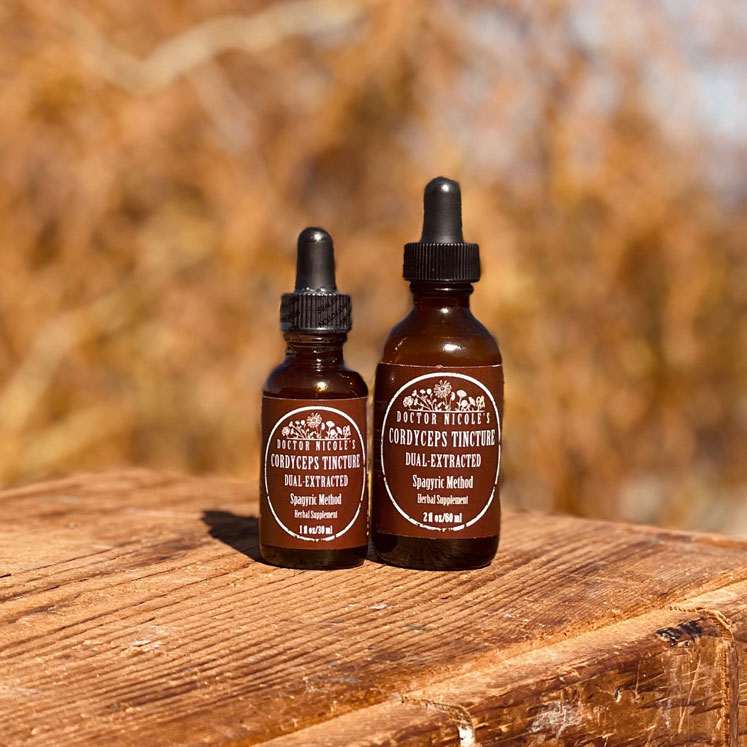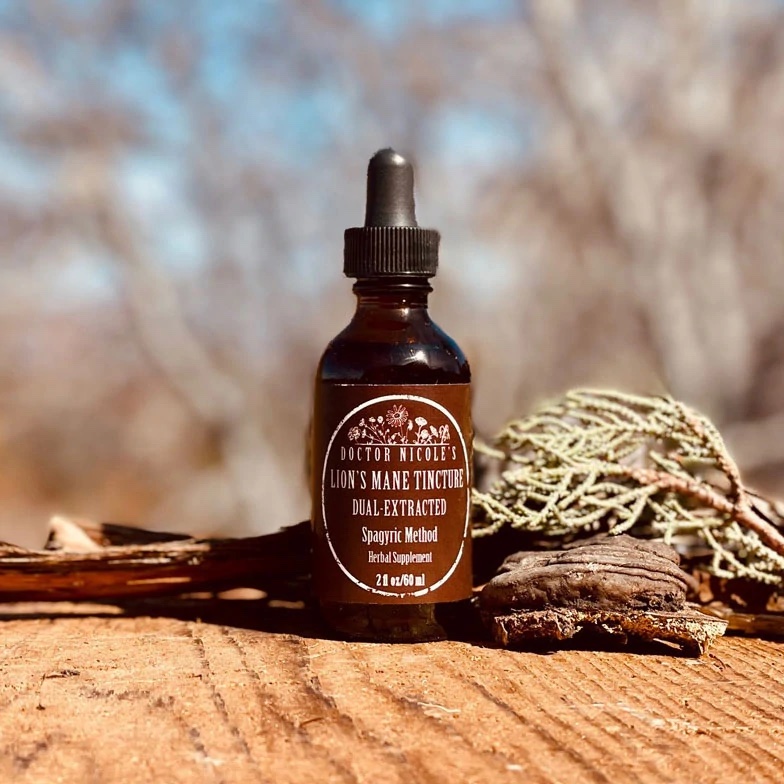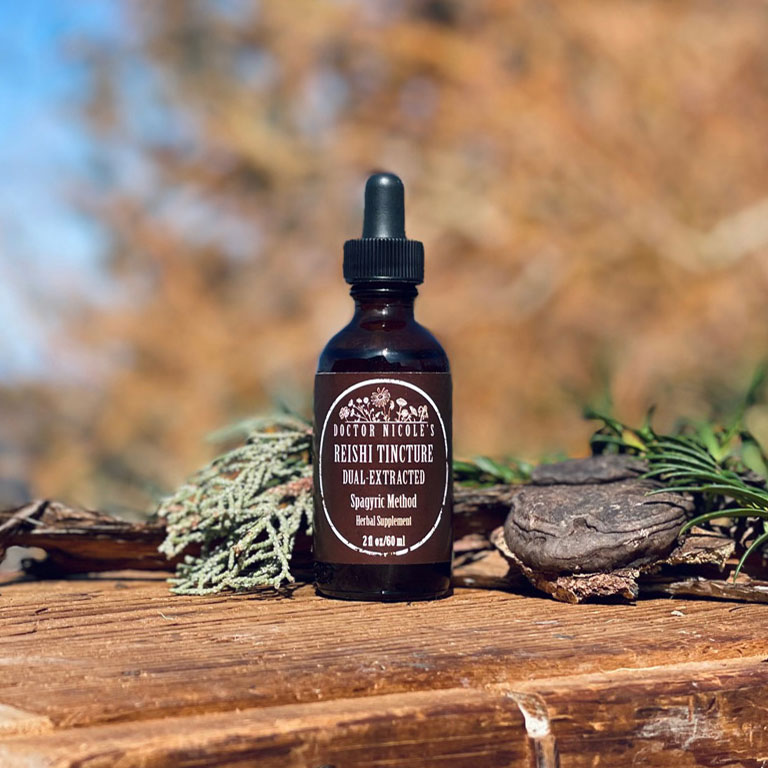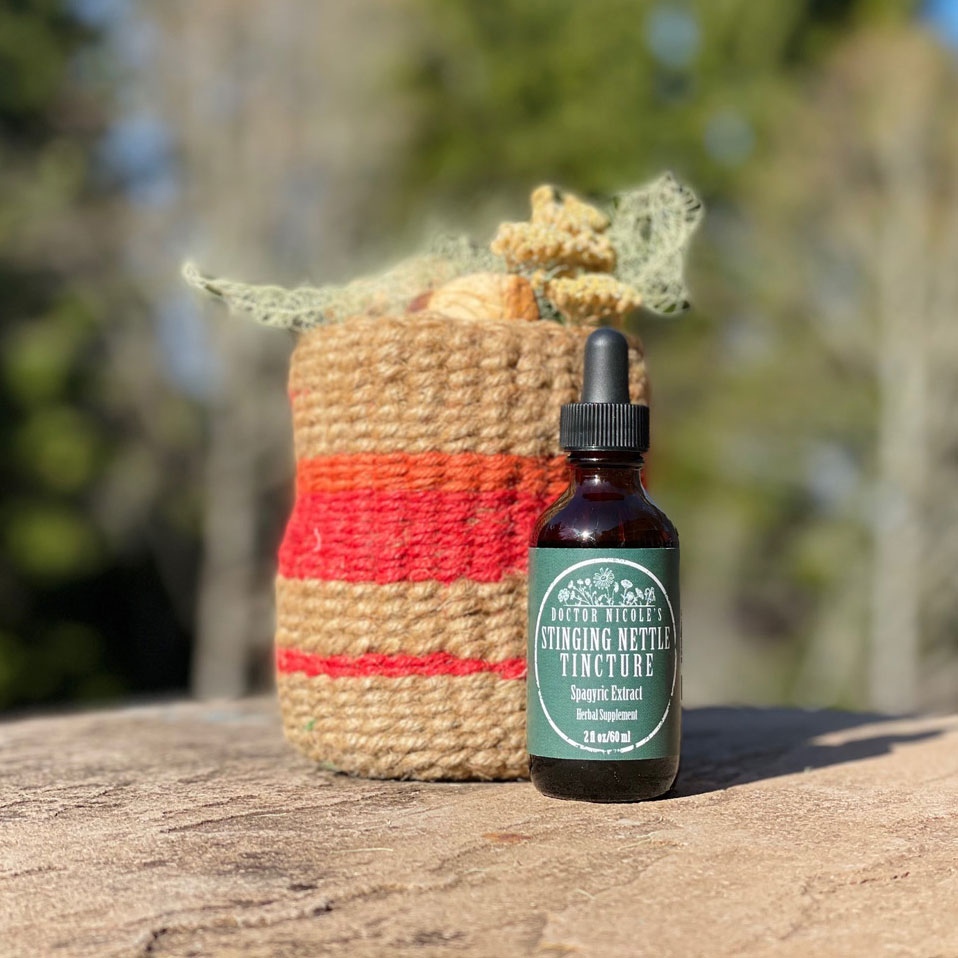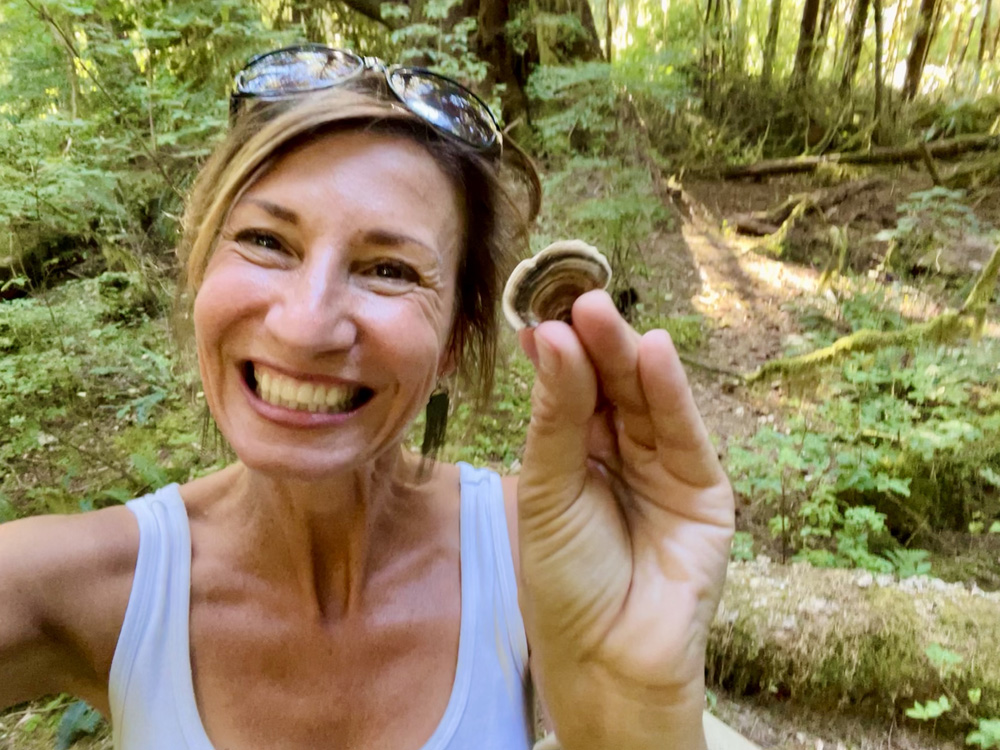The Connection Between Vertigo and Tinnitus
We generally think of vertigo and tinnitus as two distinct conditions, but they are closely intertwined. If you suffer from vertigo, there is a good chance you also are dealing with tinnitus — and vice versa. This is because both are the result of inner ear issues. Vertigo is where you feel as though you are spinning, tilting, or off-balance with dizziness, while tinnitus is typically experienced as a persistent ringing, buzzing, hissing, or clicking in the ears.
There are several causes as to why these conditions arise, including gender (men tend to suffer from tinnitus more than women), prolonged exposure to loud noise, aging, a viral infection in the ear, cardiovascular or blood pressure problems, smoking, and regularly consuming alcohol.
For our purposes here, we will be looking at natural methods to specifically address vertigo, although many of the recommendations also apply to tinnitus. Information about my tinnitus protocol can be found in this post.
Physical Exercises to Alleviate Vertigo
Several head exercises are very effective in calming vertigo. In fact, I’ve personally used the Epley Maneuver with an acute case of vertigo and it worked beautifully, alleviating the issue quickly. You will want to do the exercise at least twice per day, once in the morning and once in the evening.
Epley Maneuver
- Sit on your bed with your feet and legs straight out in front of you. Place a pillow so that it will be under your shoulders (not your head) when you lie back.
- If your issue is in the right ear, turn your head 45 degrees to the right. If your issue is in the left ear, turn your head 45 degrees to the left. If you are unsure, try both.
- Now quickly lie back, keeping your head turned. Keep your shoulders on the pillow with your head still turned and reclined. Your head should recline about 30 degrees below your shoulders.
- Wait 60 seconds.
- Without sitting back up, turn your head 90 degrees the opposite way. Your head should now be looking 45 degrees the other way.
- Wait 60 seconds.
- Turn your head and entire body another 90 degrees (i.e. roll to one side). If the problem is with your right ear, turn your body 90 degrees to the left. If the issue is your left ear, turn your body 90 degrees to the right. Your head should still be below your shoulders.
- Wait 60 seconds.
- If the problem is the right ear, sit up on your left. If the problem is the left ear, sit up on the right.
Sometimes it is helpful to see the Epley Maneuver in action — a quick online search will give you plenty of video tutorial options.
Brandt-Daroff Exercise
Here’s another simple exercise you can try. If vertigo is a recurring issue for you, do the following sequence three times per day.
- Sit in an upright position on the edge and toward the middle of your bed or couch.
- Slowly lie down on one side keeping your head looking up at a 45-degree angle and bringing your feet up onto the bed, keeping them bent.
- Remain lying down and looking up at an angle for thirty seconds before sitting back up into an upright position. Stay upright for 30 seconds.
- Repeat on the opposite side.
- Repeat the exercise 5 times.
- Lie on one side or the other until the vertigo disappears.
After an episode, do this protocol daily for 1-2 weeks.
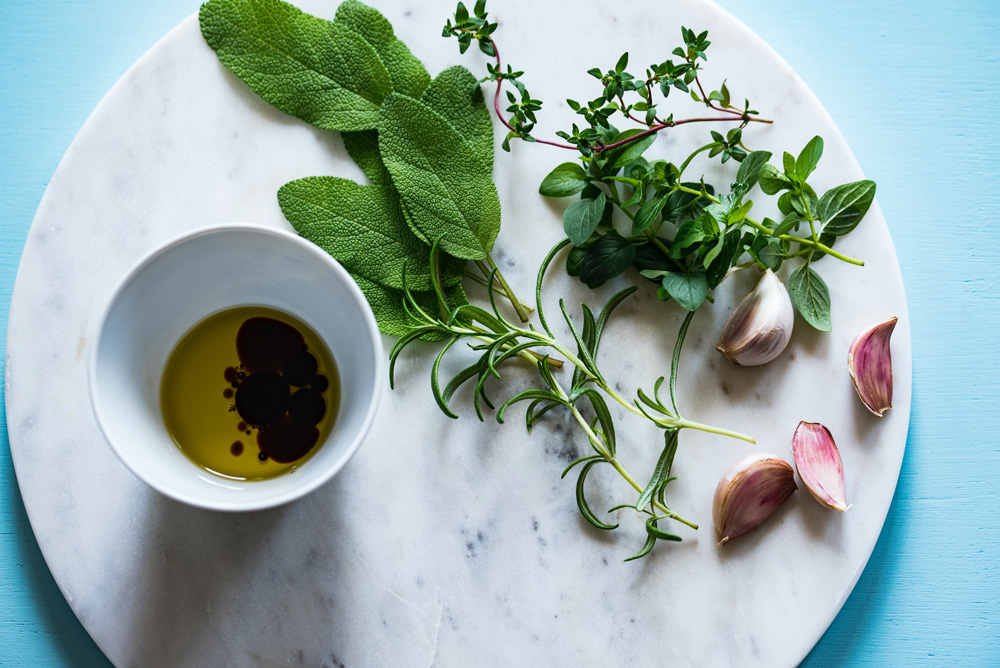
Lifestyle and Diet
To address inner ears issues that contribute to vertigo, dietary shifts and lifestyle habits can help.
Don’t overdo sodium. Since sodium impacts the regulation of body fluids, keep your daily sodium intake to no more than 2,400 mg/day, although it is best to stay under 1,000 to 2,000 mg/day if you have inner ear issues. Avoid processed/packaged foods as these tend to be high in sodium. Instead, opt for whole foods with plenty of fresh fruits and vegetables, whole grains, and moderate meat and poultry. Use herbs and spices for flavor instead of salt.
Avoid additives, caffeine, and sugar. MSG, blackened, smoked, or fried foods, sugar, and caffeine can aggravate inner ear issues. Sugar and MSG in particular are exceedingly inflammatory — something you certainly want to avoid if you have problems with vertigo!
Be aware of migraine triggers. If you suffer from migraines, it can worsen vertigo and dizziness. It is helpful to avoid possible migraine triggers such as particular foods, lighting, or stress.
Check your medications. Some medication can aggravate vertigo. Antacids are high in sodium, while aspirin and ibuprofen may interfere with the body’s fluid regulation mechanisms. Check with your healthcare provider or pharmacist about prescriptions that may trigger or worsen vertigo.
Steer clear of flickering lighting. Fluorescent lighting and flickering candles can make vertigo worse. The same can be said of older television and computer screens. Some believe that LED lighting is also problematic. Whenever possible, choose incandescent lighting. If you have to be in an environment with fluorescent lighting, try to keep your back to it.
The Histamine-Vertigo Connection
Researchers have long found that histamine release is tied with inner ear issues — including vertigo. A study published in the Journal of Molecular Neuroscience found that when histamine inhibitors are used to treat vertigo induced by sleep deprivation, symptoms improved in animal modelsl.1 Another study suggests that targeting histamine receptors with antihistamines can help in the management of peripheral vertigo.2
Be this as it may, over-the-counter and prescription antihistamines can present side-effects, such as drowsiness, headache, nausea, hyperactivity (especially in children), and a dry mouth, nose, and throat.
There is another option without the drawbacks of pharmaceuticals: stinging nettle. As a natural (and powerful) antihistamine, this botanical may help to ease vertigo by suppressing histamine release and inhibiting inflammation. Because of this, it is one of my top recommendations for hay fever.3,4 Moreover, stinging nettle helps to significantly lower blood sugar levels, which further helps tackle inflammation.5 This herb is also an outstanding diuretic, which can lower blood pressure and balance body fluids to help alleviate vertigo symptoms.6
Stinging nettle is one of my favorite botanicals, so much so that I formulated a powerful medicinal extract to share with others who would also like to reap the benefits of this impressive plant. Visit the apothecary to learn more!
Additional Herbal Support
Cordyceps — Inner ear fluid accumulation is a common cause of vertigo in relation to Ménière’s disease. Interestingly, cordyceps is an outstanding treatment for helping to resolve this inner ear fluid.7 It is also a powerful anti-inflammatory.8
Lion’s Mane and Reishi — Similar to cordyceps, lion’s mane and reishi medicinal mushrooms are exceptional anti-inflammatories.9,10 This mighty duo are also neuroprotective and increase circulation, which further helps to address the symptoms of vertigo. Lion’s mane can help to heal damage within the ear canal as well.
If you are tired of dealing with vertigo and would like to explore safe and effective natural remedies for the condition, my apothecary has detailed information about these and many other helpful herbal formulations that address a range of health concerns.
Visit today and experience the power of nature for yourself!
Nicole Apelian
Nicole’s Apothecary Products in this Post
References
- IQian, S., Wang, Y., & Zhang, X. (2019). Inhibiting Histamine Signaling Ameliorates Vertigo Induced by Sleep Deprivation. Journal of molecular neuroscience : MN, 67(3), 411–417. https://doi.org/10.1007/s12031-018-1244-6
- Dyhrfjeld-Johnsen, J., & Attali, P. (2019). Management of peripheral vertigo with antihistamines: New options on the horizon. British journal of clinical pharmacology, 85(10), 2255–2263. https://doi.org/10.1111/bcp.14046
- Roschek, B., Jr, Fink, R. C., McMichael, M., & Alberte, R. S. (2009). Nettle extract (Urtica dioica) affects key receptors and enzymes associated with allergic rhinitis. Phytotherapy research : PTR, 23(7), 920–926. https://doi.org/10.1002/ptr.2763
- Obertreis, B., Ruttkowski, T., Teucher, T., Behnke, B., & Schmitz, H. (1996). Ex-vivo in-vitro inhibition of lipopolysaccharide stimulated tumor necrosis factor-alpha and interleukin-1 beta secretion in human whole blood by extractum urticae dioicae foliorum. Arzneimittel-Forschung, 46(4), 389–394.
- Domola, M. S., Vu, V., Robson-Doucette, C. A., Sweeney, G., & Wheeler, M. B. (2010). Insulin mimetics in Urtica dioica: structural and computational analyses of Urtica dioica extracts. Phytotherapy research : PTR, 24 Suppl 2, S175–S182. https://doi.org/10.1002/ptr.3062
- Tahri, A., Yamani, S., Legssyer, A., Aziz, M., Mekhfi, H., Bnouham, M., & Ziyyat, A. (2000). Acute diuretic, natriuretic and hypotensive effects of a continuous perfusion of aqueous extract of Urtica dioica in the rat. Journal of ethnopharmacology, 73(1-2), 95–100. https://doi.org/10.1016/s0378-8741(00)00270-1
- Tang, W., Eisenbrand, G. (1992). Cordyceps sinensis (Berk.) Sacc.. In: Chinese Drugs of Plant Origin. Springer, Berlin, Heidelberg. https://doi.org/10.1007/978-3-642-73739-8_48
- Smiderle, F. R., Baggio, C. H., Borato, D. G., Santana-Filho, A. P., Sassaki, G. L., Iacomini, M., & Van Griensven, L. J. (2014). Anti-inflammatory properties of the medicinal mushroom Cordyceps militaris might be related to its linear (1→3)-β-D-glucan. PloS one, 9(10), e110266. https://doi.org/10.1371/journal.pone.0110266
- Mori, K., Ouchi, K., & Hirasawa, N. (2015). The Anti-Inflammatory Effects of Lion’s Mane Culinary-Medicinal Mushroom, Hericium erinaceus (Higher Basidiomycetes) in a Coculture System of 3T3-L1 Adipocytes and RAW264 Macrophages. International journal of medicinal mushrooms, 17(7), 609–618. https://doi.org/10.1615/intjmedmushrooms.v17.i7.10
- Bhardwaj, N., Katyal, P., & Sharma, A. K. (2014). Suppression of inflammatory and allergic responses by pharmacologically potent fungus Ganoderma lucidum. Recent patents on inflammation & allergy drug discovery, 8(2), 104–117. https://doi.org/10.2174/1872213×08666140619110657



